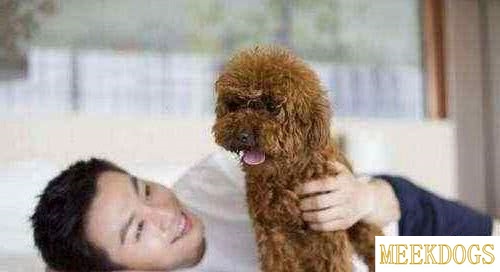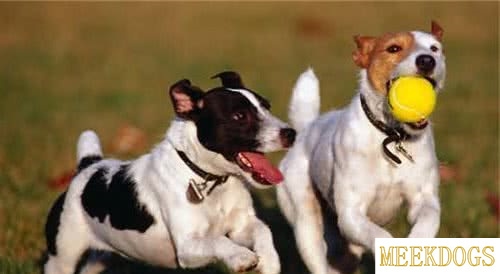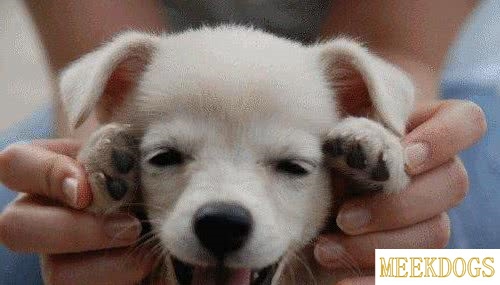Are dogs allergic to stainless steel bowls
Are dogs allergic to stainless steel bowls
Yes, some dogs can be allergic to stainless steel bowls, as they may react to the material or coatings used in their production. It’s important to monitor your dog’s behavior and signs of discomfort when using these bowls, and consider alternative materials if needed.
Is stainless steel bad for dogs?
Stainless steel is generally safe for dogs, but they should avoid ingesting pieces of it as it could cause internal injuries.

Is stainless steel bowl good for dogs?
Yes, a stainless steel bowl is suitable for dogs. It’s durable, easy to clean, and won’t rust, which ensures your furry friend’s health.
Can dogs be allergic to their bowls?
Yes, dogs can be allergic to their bowls. Dogs can develop an allergy to the material or coating of their bowls, which can lead to skin irritation or inflammation. If your dog is showing signs of discomfort or distress while eating, consider switching to a different bowl material or design.
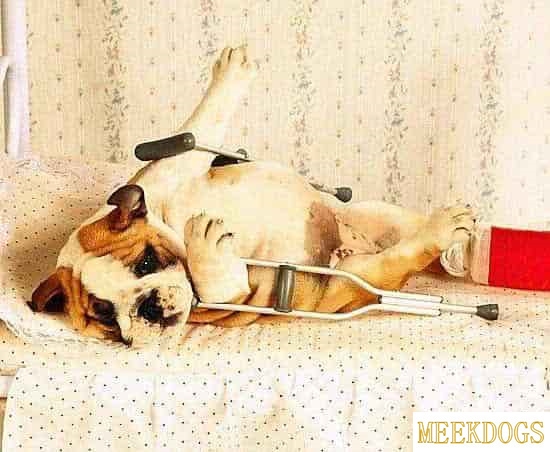
Can dogs be allergic to steel?
Yes, dogs can be allergic to steel. Just like humans, dogs can develop allergies to various materials, including steel. This can cause skin irritation, itching, and even respiratory issues. If your dog shows any signs of discomfort after coming into contact with steel, it’s best to consult a veterinarian for advice.
Why is stainless steel bowls bad for dogs?
Stainless steel bowls are not inherently bad for dogs, but they can be harmful if they are used incorrectly or if they contain certain materials. For example, some stainless steel bowls may have sharp edges that can cut or scratch a dog’s mouth, while others may contain harmful chemicals that can be ingested by the dog. Additionally, stainless steel bowls can be difficult for dogs to grip, which can lead to spills and accidents. It’s important to choose high-quality, dog-friendly stainless steel bowls that are free of harmful chemicals and have a smooth, rounded surface that is easy for dogs to grip.

Is stainless steel or ceramic better for dog water?
Stainless steel is the better choice for dog water bowls, as it is more durable, easy to clean, and affordable. ceramic bowls are also a good option for dogs, as they are non-toxic and have a smooth surface that is gentle on a dog’s gums.
Are glass bowls better for dogs?
1. Glass bowls are generally considered safe for dogs.
2. They are easy to clean and durable.
3. they can be fragile and may break if your dog accidentally knocks it over.
4. Some dogs may also chew on the bowl, which could potentially lead to choking or injury.
5. Thus, it is important to consider your dog’s behavior and preferences when choosing a bowl.
6. If your dog is gentle and does not chew on things, a glass bowl could be a good choice.
7. If your dog is more aggressive or prone to chewing, a sturdier, non-breakable material might be safer.

What are the best water bowls for dogs?
The best water bowls for dogs are those that are large enough to accommodate their size, easy to clean, and shallow enough for them to drink from comfortably. Consider a stainless steel or ceramic bowl that is BPA-free and has a non-slip base.
How can you tell what your dog is allergic to?
To determine what your dog is allergic to, observe any skin irritation, excessive scratching, or hair loss. Consult a veterinarian for an allergy test to identify specific allergens.

How do you know if your dog is having an allergic reaction?
If your dog shows signs such as itching, redness, or excessive panting, it might be having an allergic reaction. Consult a veterinarian for proper diagnosis and treatment.
How can I tell if my dog is allergic to his food?
To determine if your dog is allergic to his food, observe for signs such as skin irritation, excessive itching, diarrhea, or vomiting after feeding. If these symptoms occur consistently, consult a veterinarian for further evaluation and advice on an appropriate diet.

Can metal bowls cause dog acne?
1. Yes, metal bowls can cause dog acne.
2. The metal can react with the dog’s saliva, creating a galvanic reaction.
3. This reaction can lead to inflammation and irritation, resulting in acne-like bumps on the dog’s chin.
4. To prevent this, consider using non-metal bowls or coating the metal bowl with a non-reactive material.
5. Also, make sure to clean the bowl regularly to remove any build-up of bacteria or saliva.
Are dogs allergic to aluminum?
Yes, dogs can be allergic to aluminum. Just like humans, dogs can develop an allergic reaction to certain substances, including aluminum. If your dog has a skin reaction or respiratory issues after coming into contact with aluminum, it’s possible they have an allergy. It’s important to consult with a veterinarian to determine the best course of action.
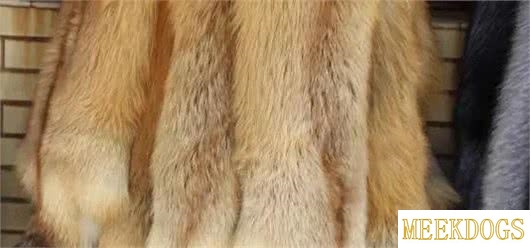
What causes a rash on my dog’s neck?
A rash on a dog’s neck can be caused by various factors, such as allergies, insect bites, or skin infections. It’s important to have your veterinarian examine your dog to determine the exact cause and recommend the appropriate treatment.
How do you disinfect a stainless steel dog bowl?
To disinfect a stainless steel dog bowl, first wash it thoroughly with soap and water. Then, pour a solution of one part bleach to three parts water into the bowl, making sure to cover the entire surface. Let it sit for 10 minutes, then rinse and dry thoroughly. Finally, pour a small amount of vinegar or lemon juice into the bowl and let it sit for a few minutes before rinsing and drying again. This will help remove any lingering odors and ensure the bowl is completely disinfected.

Are ceramic bowls OK for dogs?
Yes, ceramic bowls are safe and suitable for dogs. They are durable, easy to clean, and help to prevent slipping. it’s important to choose a bowl that is large enough to accommodate your dog’s food and water needs, and make sure it’s not too heavy for your furry friend to lift.
How often should you wash your dog bowls?
1. You should wash your dog bowls daily to ensure cleanliness and prevent bacteria growth.
2. Use hot soapy water and a brush to remove food residue and clean the bowls thoroughly.
3. Rinse the bowls well and dry them with a clean cloth or paper towel.
4. Regular cleaning will help maintain the bowl’s appearance and extend its lifespan.
5. It is also a good idea to wash the bowl after each meal if you have multiple dogs or if your dog has a sensitive stomach.
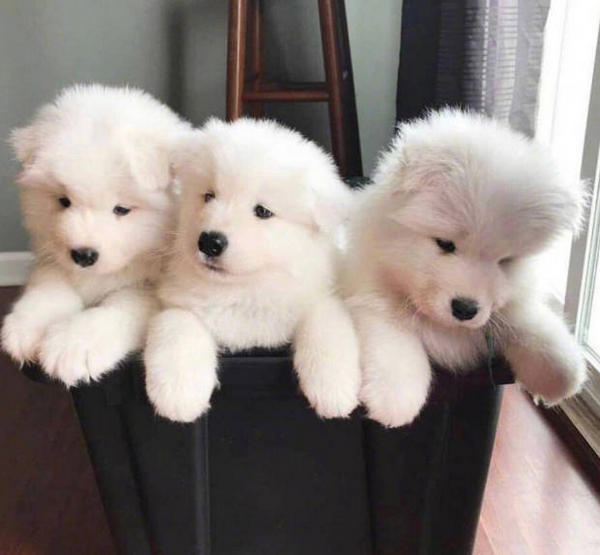
Should dogs food bowls be elevated?
Elevated food bowls can be beneficial for dogs, as they help prevent neck strain and make it easier for the pet to eat. it’s not mandatory, and dogs can eat well without them. It’s ultimately up to the owner’s preference and the dog’s needs.
Should dogs eat with raised bowls?
Yes, dogs should eat with raised bowls, as it can help prevent bloating and improve digestion. the height of the bowl should be appropriate, not too high or too low, to ensure comfort for your furry friend.

Can plastic dog bowls cause allergies?
Yes, plastic dog bowls can cause allergies in some dogs, especially those with a sensitive skin or digestive system. The plastic material may release chemicals that can be harmful to your dog’s health, leading to skin irritation or digestive issues. It’s recommended to use non-toxic, BPA-free bowls made from materials like stainless steel or ceramic, which are safer and more environmentally friendly.
Are aluminum bowls bad for dogs?
Yes, aluminum bowls can be harmful to dogs due to the potential for rusting and the risk of aluminum toxicity. It’s best to use bowls made from safer materials like stainless steel or ceramic.

What are metal dog bowls made of?
Metal dog bowls are typically made of sturdy materials like stainless steel or aluminum, which can withstand the constant wear and tear of a dog’s usage and provide a durable, long-lasting solution for mealtime.
Is BPA free safe for dogs?
BPA-free products are generally considered safe for dogs, as they do not contain the chemical bisphenol A, which has been linked to health issues in animals and humans. it’s always best to be cautious and research specific products before giving them to your dog, as some BPA-free materials may still contain potentially harmful chemicals.

Do stainless steel dog bowls cause tear stains?
Stainless steel dog bowls do not directly cause tear stains, but they may contribute to the problem if the dog is not comfortable using them or if they are not cleaned regularly. It is important to provide a comfortable and clean eating environment for your dog to avoid tear stains.
Are Copper dog bowls safe?
Yes, copper dog bowls are safe for your furry friend. Copper is a natural element that is non-toxic and helps to prevent the growth of bacteria. it’s important to choose a high-quality, lead-free copper bowl to ensure your dog’s health.
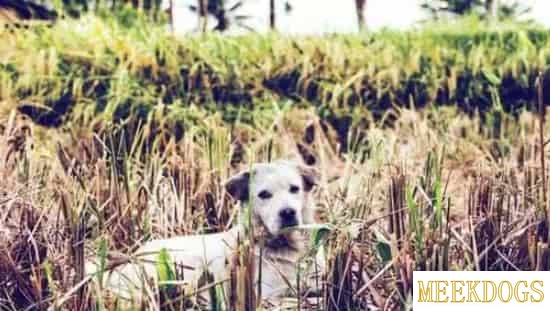
Why do dogs start dribbling?
When dogs become excited, nervous, or anxious, they may begin to dribble urine as a result of increased adrenaline levels. This is a natural response in canines and is often not a cause for concern unless it becomes excessive or occurs frequently.
Where do you put a dog bowl in the house?
1. In the kitchen, near the food preparation area, so it’s easy to fill and clean.
2. In a location where it’s accessible to the dog but not in the main living areas.
3. On a hard surface that can be easily cleaned, such as a tile or hardwood floor.
4. Away from the dog’s bed or other areas where they sleep to prevent contamination.
5. At a height that’s comfortable for the dog to eat from, considering their size and breed.
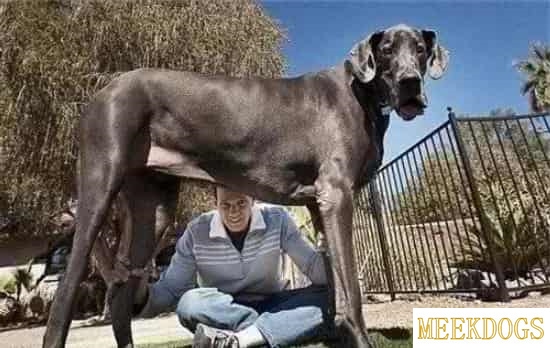
What colors can dogs see?
1. Dogs can see colors, but their color perception is limited compared to humans.
2. Dogs can see blue, green, and yellow colors very well.
3. They can also distinguish between shades of these colors.
4. Dogs have difficulty seeing red and orange colors.
5. Their color perception is influenced by the amount of light available.
6. In low light conditions, dogs may see only shades of gray.
What are most dogs allergic to?
Dogs are often allergic to common environmental factors such as pollen, mold, and dust mites, as well as certain foods like dairy, beef, and chicken. These allergies can lead to skin irritation, itching, and even digestive issues.

What is the best dog food with allergies?
The best dog food for dogs with allergies is a hypoallergenic formula that avoids common allergens like wheat, soy, and dairy. It should be made with high-quality ingredients and provide essential nutrients for your dog’s health. Consult your veterinarian for personalized recommendations based on your dog’s specific needs.
What is the most hypoallergenic dog food?
1. The most hypoallergenic dog food is typically a limited ingredient diet that avoids common allergens like chicken, beef, dairy, and wheat.
2. Some popular brands include Hills Prescription Diet z/d, Royal Canin Hypoallergenic, and Purina Pro Plan Vet Supplements HA Hypoallergenic.
3. It’s essential to consult with a veterinarian before switching your dog’s food to ensure it’s the right choice for their specific needs.
4. Monitor your dog’s response to the new food and consult your vet if you notice any adverse reactions.

How long does it take for a food allergy to go away in a dog?
It typically takes several weeks for a food allergy to resolve in a dog, depending on the severity and specific cause of the allergy. The exact duration may vary among individual dogs. It’s important to consult a veterinarian for proper diagnosis and management.
What can I give my dog for allergies and itching?
For allergies and itching in dogs, you can try giving them an antihistamine or a hydrocortisone cream. Consult with a veterinarian for proper dosage and to ensure it’s safe for your dog.

What natural remedy can I give my dog for allergies?
1. Omega-3 fatty acids: Supplements or foods rich in omega-3 fatty acids, such as salmon oil or flaxseed, can help alleviate allergies in dogs.
2. B-complex vitamins: These vitamins can support the dog’s immune system and may help with allergies.
3. Apple cider vinegar: Add a small amount to your dog’s food to help with digestion and overall health.
4. Coconut oil: This natural remedy contains lauric acid, which has antimicrobial and anti-inflammatory properties.
5. Herbal remedies: Herbs like nettle, chamomile, and echinacea can help support the immune system and alleviate allergies.
6. Probiotics:Supplementing your dog’s diet with probiotics can help maintain a healthy gut flora and improve overall health.
What ingredient in dog food makes them itch?
The main ingredient that causes dogs to itch is often protein, such as chicken, beef, or fish. Some dogs may have allergies to specific proteins, leading to skin irritation and itching.

Why does my dog have a rash on his chin?
1. It could be caused by allergies, bug bites, or an infection.
2. Check your dog’s diet and recent exposure to potential allergens.
3. Monitor the rash for any signs of infection, such as redness, swelling, or discharge.
4. Consult your veterinarian for a proper diagnosis and treatment recommendation.
5. Keep the affected area clean and dry to help alleviate discomfort.
What happens if you don’t clean your dog’s bowl?
If you don’t clean your dog’s bowl, it can lead to health issues such as bacterial infections or parasites. Additionally, a dirty bowl can affect your dog’s appetite and cause unpleasant odors. Regular cleaning ensures a healthy and hygienic environment for your furry friend.

How do you treat folliculitis in dogs?
To treat folliculitis in dogs, start by isolating the affected area and cleaning it with a gentle antiseptic. Next, apply an appropriate topical medication, such as an antibiotic or antifungal cream, to the infected follicles. Finally, avoid irritating the skin and allow it to heal naturally. If the condition persists, consult a veterinarian for further evaluation and treatment.
What are the symptoms of aluminum toxicity in dogs?
Symptoms of aluminum toxicity in dogs include vomiting, diarrhea, loss of appetite, lethargy, and weakness. Dogs may also experience tremors, seizures, and kidney failure. If you suspect your dog has aluminum toxicity, consult a veterinarian immediately.

How do I detox my dog from Mercury?
To help your dog detoxify from mercury, first consult a veterinarian for a proper diagnosis and treatment plan. They may recommend a diet rich in antioxidants, such as vitamins C and E, to help counteract the effects of mercury. Additionally, activated charcoal can be administered orally to bind to the mercury and help it pass through the dog’s system. Finally, make sure to provide your dog with a safe, toxin-free environment and continue to monitor their progress.
Are dogs allergic to silver?
Yes, dogs can be allergic to silver. Dogs with a sensitized immune system may experience an allergic reaction when exposed to silver, which can manifest as skin irritation, itching, and redness. If you suspect your dog is allergic to silver, it’s essential to consult a veterinarian for proper diagnosis and treatment.

What does a dog allergy rash look like?
A dog allergy rash typically appears as red, itchy skin, often with small bumps or welts. It can manifest on the face, chest, arms, or other areas that have come into contact with the allergen.
How can I soothe my dogs rash?
1. Identify the cause: Determine if the rash is caused by allergies, fleas, or an infection.
2. Consult a veterinarian: Get a professional diagnosis and treatment advice.
3. Bathe your dog: Use a mild dog shampoo to clean the affected area.
4. Apply an ointment: Use a veterinarian-approved ointment to soothe the rash.
5. Avoid further irritation: Keep your dog away from the causing agent.
6. Monitor the rash: Watch for any signs of improvement or worsening.
7. Follow the veterinarian’s advice: Administer any prescribed medication or treatment.
8. Maintain your dog’s hygiene: Regularly groom and clean your dog to prevent future rashes.
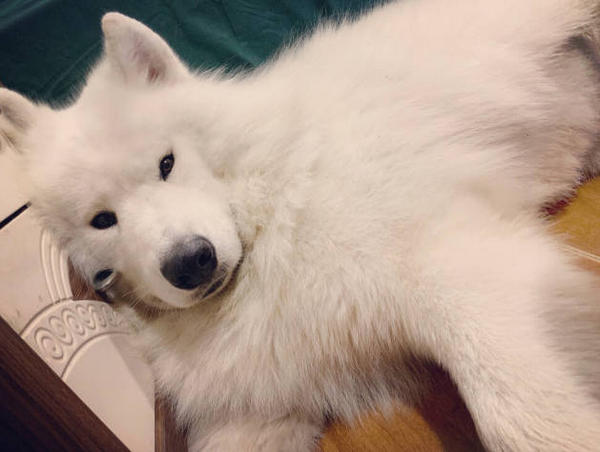
What do skin allergies look like in dogs?
Skin allergies in dogs typically manifest as itchy, inflamed skin, which can lead to excessive scratching, licking, or biting. Common symptoms include redness, bumps, lesions, and hair loss. The affected areas may also become thickened or cracked.
Why are dog bowls slimy?
Dog bowls can become slimy due to the accumulation of food residue, saliva, and water, which creates an ideal environment for bacteria and fungi growth. To keep your dog’s bowl clean and prevent slime, regularly wash it with hot soapy water and dry thoroughly.
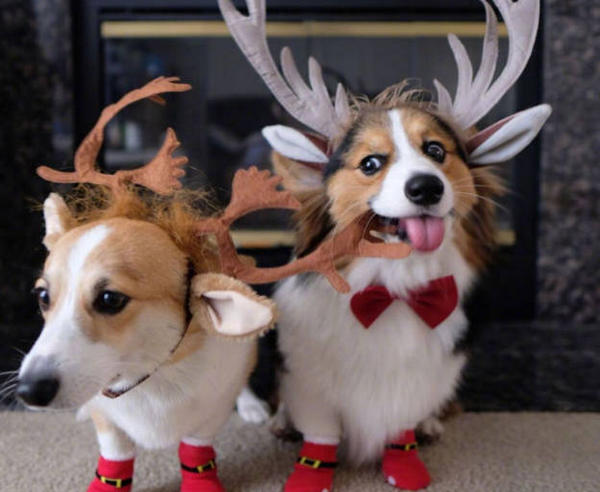
How long do stainless steel dog bowls last?
Stainless steel dog bowls can last for several years, depending on the quality and usage. Regular cleaning and proper care can extend their lifespan.
Should dog bowls be washed separately?
1. Yes, dog bowls should be washed separately.
2. This helps prevent cross-contamination and ensures the bowls are clean for your dog.
3. Use hot soapy water and a brush to scrub the bowls, then rinse and dry thoroughly.
4. Washing dog bowls separately is important for maintaining a hygienic environment for your furry friend.
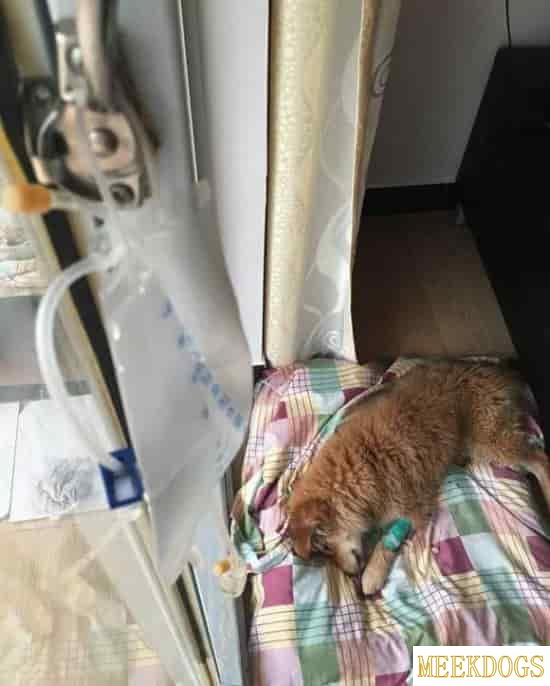
Why are stainless steel bowls bad for dogs?
1. Stainless steel bowls can be too hard for dogs to grip, causing difficulty in eating.
2. The material is prone to retaining heat, which can burn a dog’s mouth.
3. Stainless steel bowls can rust, which may result in harmful rusty bits being ingested by dogs.
4. Some dogs may find the metallic taste of stainless steel bowls unappealing, affecting their appetite.
5. Dogs may chew on stainless steel bowls, which can lead to chipped teeth or injuries.
Is stainless steel good for dogs?
Yes, stainless steel is safe for dogs, as it does not rust or contain any harmful chemicals. it’s still important to supervise your dog when they are around stainless steel items, as they could still potentially cause injury if bitten or chewed.
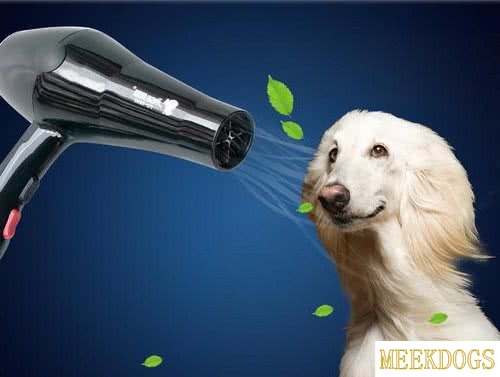
Is stainless steel or ceramic better for dog water?
Both stainless steel and ceramic bowls can be suitable for dogs. Stainless steel is durable, easy to clean, and affordable, while ceramic is generally considered more stylish and can help keep water cooler. The choice ultimately depends on your dog’s needs and your personal preferences.
What is the best material for a dog bowl?
The best material for a dog bowl is stainless steel or ceramic, as they are durable, easy to clean, and non-toxic.

Is Dawn dish soap safe for dog bowls?
Yes, Dawn dish soap is safe for dog bowls. it’s always best to use dog-specific products to avoid any potential issues.
Can dogs get sick from dirty water bowls?
1. Yes, dogs can get sick from dirty water bowls.
2. Bacteria and parasites in dirty water can cause health issues.
3. It’s important to clean and disinfect water bowls regularly.
4. Provide fresh, clean water to keep your dog healthy.

Do vets recommend elevated dog bowls?
Yes, many veterinarians recommend elevated dog bowls for pets, as they can help prevent neck and back pain caused by bending down to eat or drink. They also make it easier for dogs with arthritis or joint issues to access their food and water. it’s important to choose a bowl that is the right size and stability for your pet, and to monitor your dog’s eating habits to ensure they are comfortable and not experiencing any issues.
Are tilted dog bowls better?
Yes, tilted dog bowls are better as they help reduce the amount of food spilled and make it easier for dogs to eat.
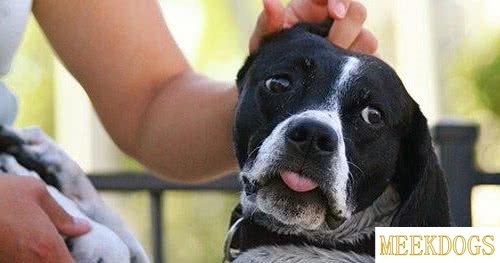
Are slow feeders good for dogs?
Yes, slow feeders are beneficial for dogs as they help prevent rapid eating, which can lead to digestive issues and bloating. They also encourage dogs to chew their food thoroughly, promoting better digestion and oral hygiene.
Should dog bowls be on the floor?
Yes, dog bowls should be on the floor, as it is more convenient for dogs to eat and drink from, and it helps to prevent them from spilling food or water.
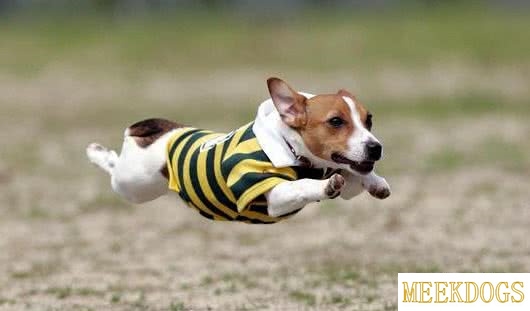
Do raised bowls cause bloat?
Raised bowls can potentially contribute to bloat in dogs, as they encourage the dog to swallow air while eating or drinking. This can lead to gas build-up in the stomach, increasing the risk of bloat. It’s best to use bowls at a comfortable height for your dog to minimize this risk.
Are rubber water bowls safe for dogs?
1. Yes, rubber water bowls are generally safe for dogs.
2. some dogs may chew on the rubber, which could be a choking hazard or cause intestinal blockage.
3. To ensure your dog’s safety, monitor your pet while they are using the rubber water bowl.
4. If your dog frequently chews on non-edible items, consider using a stainless steel or ceramic water bowl instead.

Should dogs eat with raised bowls?
Yes, dogs should eat with raised bowls to help prevent bloating and improve digestion.
